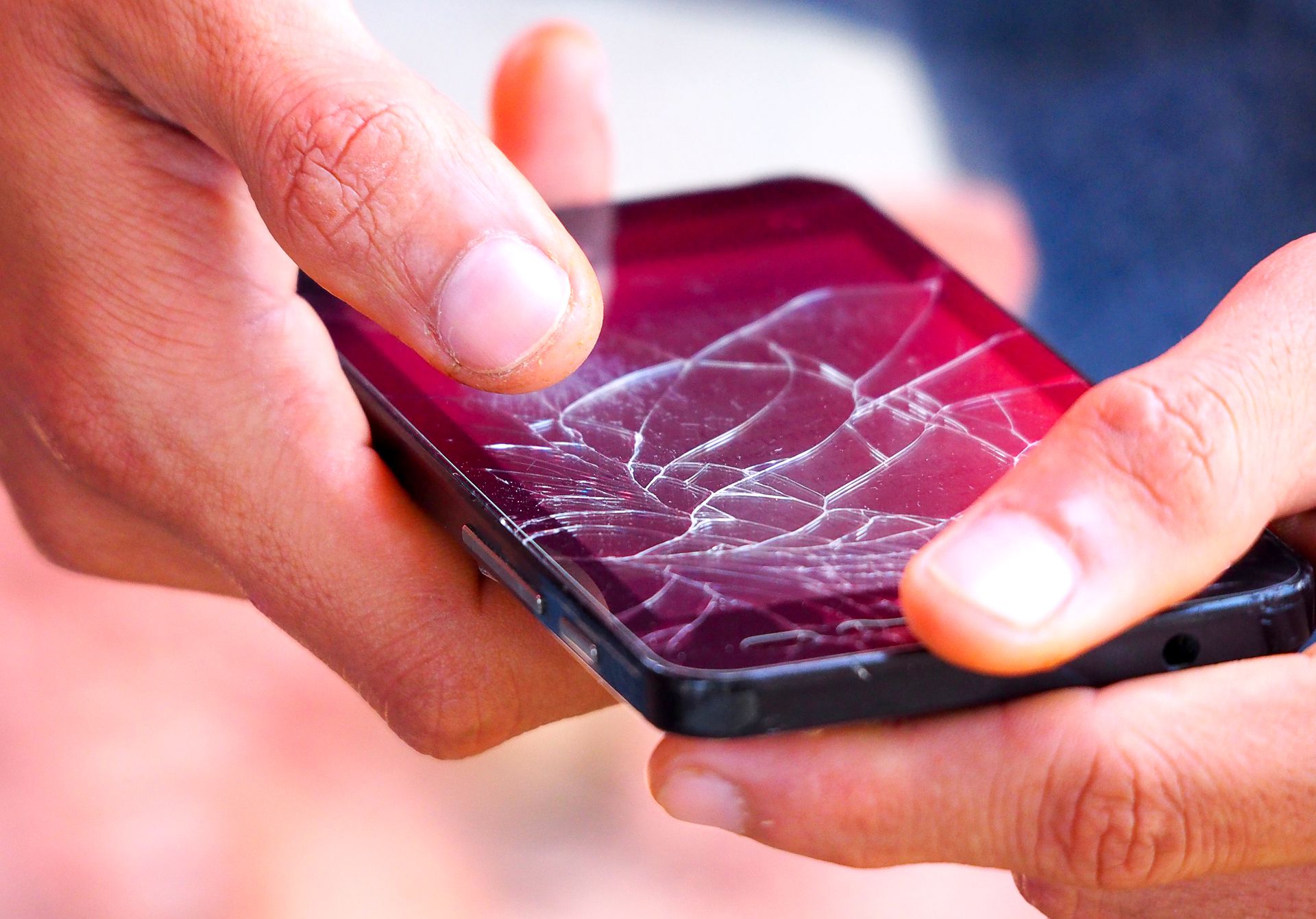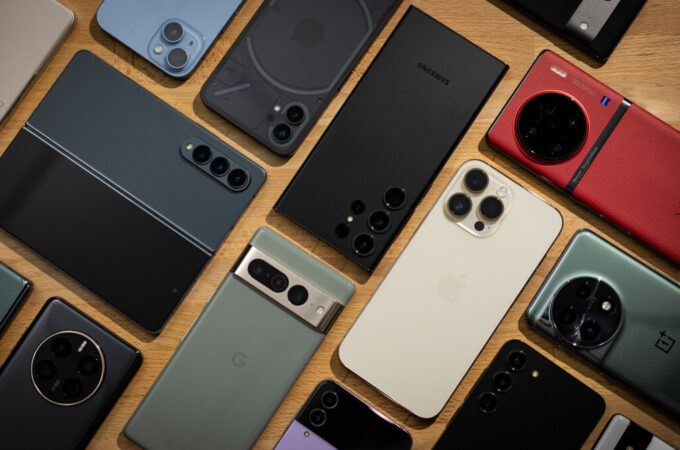
The Most Common Reasons for Computer and Phone Screen Damage
Electronic devices are helpful and make lives, school, and work easier. But once they are damaged, they become frustrating. Laptops, tablets, and smartphones fall into this category. Once the screen starts to act up, you can’t do much on the device. Screens provide a visual output for the device but are also an input device if they have touchscreen capabilities. So, a damaged screen means you may not be able to view your device, but you may also not be able to input instructions.
The damage can come from a number of incidents, such as dropping the device on a hard surface, getting it wet, or exposing it to hard impact. According to a survey, the most common causes of screen damage are dropping it on the ground, falling out of a pocket, dropping it in water, knocking it off a table, dropping it in a toilet, or falling out of a bag.
Broken Pixels
Even if it’s a few pixels missing or broken, it will affect your user experience. It will ruin your images, videos, and general screen time and make it harder to read or interact with a touchscreen. Current screens have multiple layers of glass, components, and LCD screens.
They use pixels to give the screens life and color; depending on the device, the pixels can be thousands or millions. The more pixels a device has, the better the imagery. Most of the time, the pixels will perform their function and give you the imagery, but there will be times when they die or malfunction.
Dead pixels occur when the pixel cannot change color. A dead pixel is easy to identify because it always stays black while others change their color. Some broken pixels can become stuck in a single color without the ability to change. You can view them by putting on a white or bright image and looking for anomalies.
There are a few reasons why you may end up with broken pixels. It may be because of a manufacturing defect (the defect stops the pixel from receiving power), in that case, you may return the device to the manufacturer to fix it or replace it. Another reason is that the device may have undergone physical damage, like a fall or bump, which can affect the power connection to the pixels. You can find a repair technician to fix your screen or put in a new one.

Blackouts
Smart devices can turn off on their own. They do this for a number of reasons, but it’s mainly to preserve the battery and keep components working for longer. The automatic function usually occurs when you don’t interact with the device, it’s there to help you.
Suppose you find that the screen blacks out at inconvenient times; you may have to fix that. The screen will black out even when you have processes running in the background. You can fix this by going to the settings and increasing the sleep timer. But if you find yourself increasing your sleep timer above average, it may be because of slow processing. Increasing the sleep timer will be a short-term solution, but you will have to ask yourself, “why is my computer so slow?”
Poor Handling
As devices become more sophisticated and smaller, they also become more fragile. Smart devices are easily susceptible to damage. That’s because they can easily get into harm’s way, like slip out of your hand or misplaced under heavier objects.
Due to consumer demands for smaller and lighter products with sleek designs force manufacturers to compromise on protective materials. Nobody wants to carry a bulky laptop or smartphone, and even desktops are more desirable in slimmer models. Some common causes of screen damage include:
- Dust creeping into the electronics when you delay repairing a cracked screen.
- Liquid spills are a common form of screen damage, as they can seep into the electronic components. Liquid can be in the form of water, juice, tea, or not-for-purpose cleaning agents.
- If you expose your phone to extreme heat, it will malfunction. The heat can come from the sun or other heat sources.
- If your screen replacement isn’t done correctly, your screen will start to have problems; usually immediately.
Protect Your Screen
Your device screen is an essential part of your user screen. Make sure you take care not to damage or break it. You can prevent scratches and cracks by using screen guards. Further actions you can take include taking care of how you handle the device, where you place it, and ensuring you don’t bring liquids close to it.




